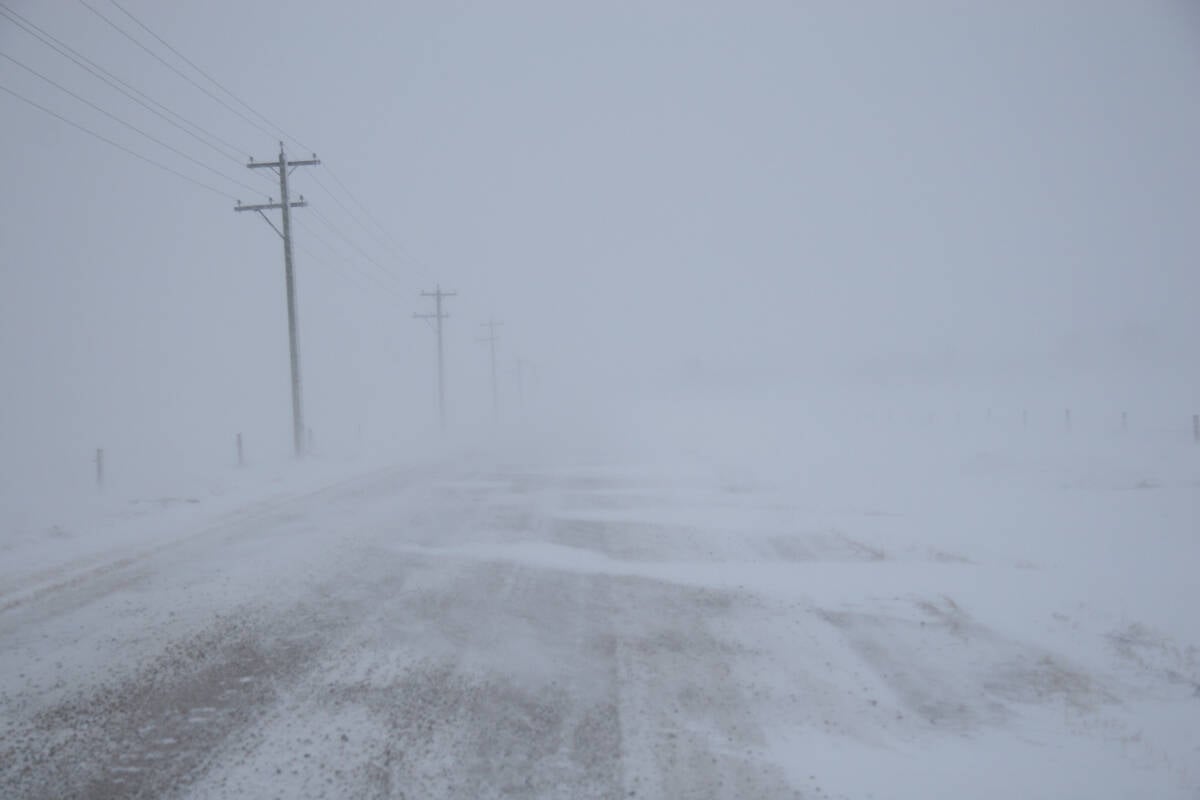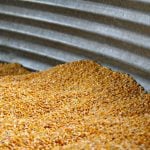Many canola crops in eastern Manitoba may be downgraded this fall for a weird reason – drought.
Although eastern Manitoba was soaking wet from spring until mid- summer, the lack of rainfall since the beginning of August has stopped many canola crops from curing well.
“We have not seen a nice, good, heavy rain,” said Canola Council of Canada agrologist Jim Bessel.
“As people let the swaths sit there, the green count goes down some, but not as quickly as we’d like to see.”
Read Also

Volatile temperatures expected for this winter
DTN is forecasting a lot of temperature variability in the Canadian Prairies this winter. Precipitation should be close to average.
Green seed is a serious worry for canola growers, since amounts above two percent cause quality downgrades that reduce prices by about $13 a tonne.
High green content in seed is a scattered problem every year, and this year it is turning up in many places.
But the concentration in eastern Manitoba is beyond what’s typical, said Glen Pownall, an oilseeds merchant with United Grain Growers.
“I’ve never seen it like this in Manitoba,” Pownall said.
That’s going to make it hard for affected farmers to get a good price for their canola, but it won’t necessarily be much trouble for grain companies.
“I think there are some outlets for No. 2 Canada canola in the world. Japan will buy some, and if China ever comes into the market they’ll be willing to buy some too – at a discount.”
Canola crushers don’t think the extra green seed will cause them big problems.
“It’s not severe enough or widespread enough to cause any problems marketing it,” said Woody Galloway, who procures canola for CanAmera Foods.
Pownall said the big loser will be the farmer.
“The farmer won’t get paid what he would expect to.”
However, Galloway said while there may be a discount, farmers will still be able to find buyers.
“I think the grower won’t have a problem selling it.”
Green seed is caused by high chlorophyll levels in the seed. Chlorophyll naturally disappears as canola plants mature and die because enzymes in the seed eliminate it, as long as moisture levels are above 20 percent.
As a result, farmers manage green seed by cutting the crop and letting it sit in the swath.
But this harvest, many green canola crops were cut during intense heat, which meant the crops quickly dropped below 20 percent moisture.
With no rain to raise moisture levels, the chlorophyll persisted.
A substantial percentage of the eastern Manitoba canola crop is still in swath.
Bessel said many farmers who plant large amounts of canola didn’t feel they had time to wait for cooler conditions to cut.
Without rainfall, farmers have had to rely on morning dew to activate the enzymes that remove chlorophyll. That has had some effect, but not enough, especially considering that levels of the crucial enzyme were low when the crop was cut during the heat of the day.
Bessel said many crops still have eight percent chlorophyll levels.
Even if they drop to three percent, it’s still above the threshold for top-quality canola.
The problem has been exacerbated by the wide swaths some farmers are making, plus the practice of using rollers to keep swaths tight to the ground.
Moisture has a tough time penetrating these tight-packed swaths.
“It’s like a duck’s back,” Bessel said.
“The moisture just washes off.”















